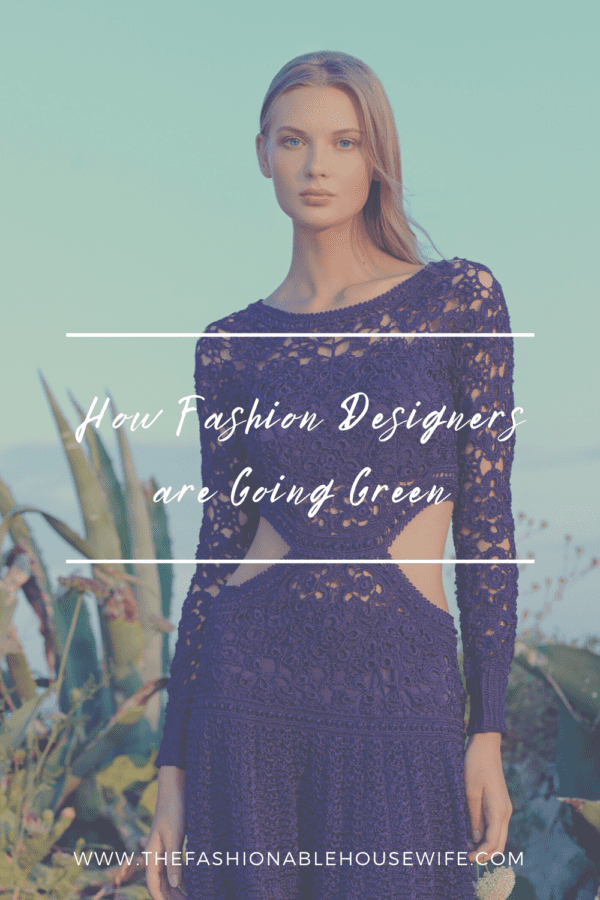
Environment, climate change, and sustainability are at the center of the fashion industry, which for decades ignore all three. Yes, the textile and clothes markets have had a reputation of putting environmental considerations at the back of the line. However, in recent years, designers and brands have been forced to wake up to the sobering situation around climate change.
Whether it is fabric overproduction or carbon footprints, some designers are taking the lead in incorporating green ideas into their product. Alexander McQueen is one such brand that has made huge strides in recent years. Not only does Alexander McQueen continue to make innovative fashion, the brand is now trail-blazing in terms of managing its environmental impact.
A Movement from Designers
One of the ways leading designers are tackling the problem the fashion industry causes is by finding new ways to handle old fabric. It may seem simple, but fabric waste has been for decades the black mark on the fashion industry. This is called deadstock and has traditionally ended up in one place… the landfill.
In the modern, environmentally conscious fashion market, companies are repurposing their deadstock and leftover materials from their collections in an effort to be noticed as one of the greenest fashion labels. Below we will jump into the world of climate change and how it has impacted some of the largest fashion houses in the world.
Alexander McQueen
As mentioned, Alexander McQueen has been one of the standout designer in terms of embracing its environmental responsibilities. In collections launched over recent years, the company has frequently used overstock fabrics from previous seasons. Despite using up-cycled textiles, Alexander McQueen has managed to retain its unique looks and textile manipulation in the pursuit of interesting designs. This is testament to the hard work Creative Director Sarah Burton has done to ensure sustainability in the company and move it towards becoming one of the greenest fashion labels.
Prada
Prada is known for its elegance, so using old fabrics may not go hand-in-hand with that reputation, at least not on the surface. However, scratch below the surface a little and you find Prada’s environmental projects have not harmed its designs, such as its signature accessories. In fact, the designer has a range of ready-to-wear clothes entirely made from regenerated nylon. More than just re-using fabrics, Prada is folding them into the very essence of many of its lines and ideas. Prada is slowly on it’s way to becoming one of the greenest fashion labels.
Burberry
Burberry is making decisions now that will make it one of the greenest fashion label. The company has a commitment to reduce its carbon footprint from operations by 95% by 2022. As for its supply chain, Burberry envisions a 30% reduction in greenhouse gases across its partners by 2030. Last year, the company reached a commitment to eliminate hazardous chemicals from its manufacturing process.



